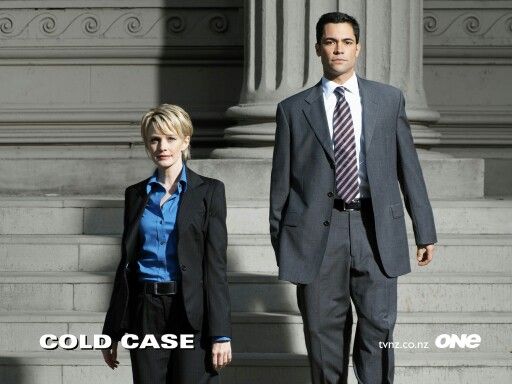Introduction
Some episodes of Cold Case are more than fiction—they’re a mirror held up to our darkest truths.
One of the show’s most powerful stories wasn’t just inspired by imagination, but rooted in a real, harrowing tragedy that once shook the entire nation.
Without revealing which exact episode, what if we told you that one Cold Case storyline—about a young boy, racism, and justice denied—was a direct echo of an actual historical crime that changed America?
This is the story that inspired it.
The Real Crime: The Lynching of Emmett Till
In the summer of 1955, Emmett Till, a 14-year-old African American boy from Chicago, traveled to Mississippi to visit relatives. Bright, full of life, and raised in the North, Emmett didn’t yet understand the suffocating racial codes of the Jim Crow South.
One afternoon, he entered a small grocery store in Money, Mississippi. What happened next depends on who tells the story—but according to a white woman named Carolyn Bryant, Emmett had whistled at her.
That lie—or exaggeration, or misunderstanding—became a death sentence.
A few days later, in the dead of night, two white men—Roy Bryant and J.W. Milam—abducted Emmett from his uncle’s home. They beat him beyond recognition, gouged out one of his eyes, and finally shot him in the head. His lifeless body was tied with barbed wire to a heavy fan and thrown into the Tallahatchie River.
When Emmett’s body was recovered, it was so mutilated his own mother, Mamie Till, identified him only by the ring on his finger.
But Mamie made a bold, history-shifting decision: she demanded an open-casket funeral in Chicago, so the world could see what they had done to her son.
Jet Magazine published a photo of Emmett’s corpse. The world saw it. And nothing would ever be the same.
Justice Denied, Truth Uncovered
Despite overwhelming evidence and witness testimony—including Emmett’s great-uncle who bravely pointed out the killers in court—Bryant and Milam were acquitted by an all-white jury in just over an hour.
Protected by double jeopardy laws, the men later confessed to the murder in a paid interview with Look magazine.
But it wouldn’t be until decades later, with renewed investigations and public pressure, that the truth would fully resurface. In 2004, the case was reopened by the U.S. Department of Justice. While no new charges were brought against the now-deceased killers, the investigation re-ignited national conversation about systemic racism, justice, and the brutal legacy of the past.
In 2022, the Department of Justice officially closed the case once more—this time due to lack of new evidence—but not without reigniting the emotional scars of millions.
A Story Reborn Onscreen
The creators of Cold Case didn’t name Emmett Till in the episode, but every viewer who knew the history felt the echo.
The fictional case told of a young Black teenager in the 1950s, murdered after an interaction with a white woman. His body, found in a river. The killers—confident, unrepentant. The community—silent, fearful. Justice—delayed for decades.
When the truth finally emerged onscreen, it wasn’t just about solving a fictional murder. It was a catharsis, a moment of reckoning, and a tribute to the real victims whose stories were buried for too long.
The episode struck a nerve with viewers, prompting discussions on race, history, and the persistence of injustice. It reminded us that the past isn’t truly past—not until we face it head-on.
Conclusion
By drawing inspiration from real tragedies like Emmett Till’s, Cold Case did more than entertain. It educated, honored, and provoked.
Sometimes, the most haunting cases aren’t cold—they’re still burning beneath the surface, waiting to be heard.
And this episode made sure we did.


Leave a Reply